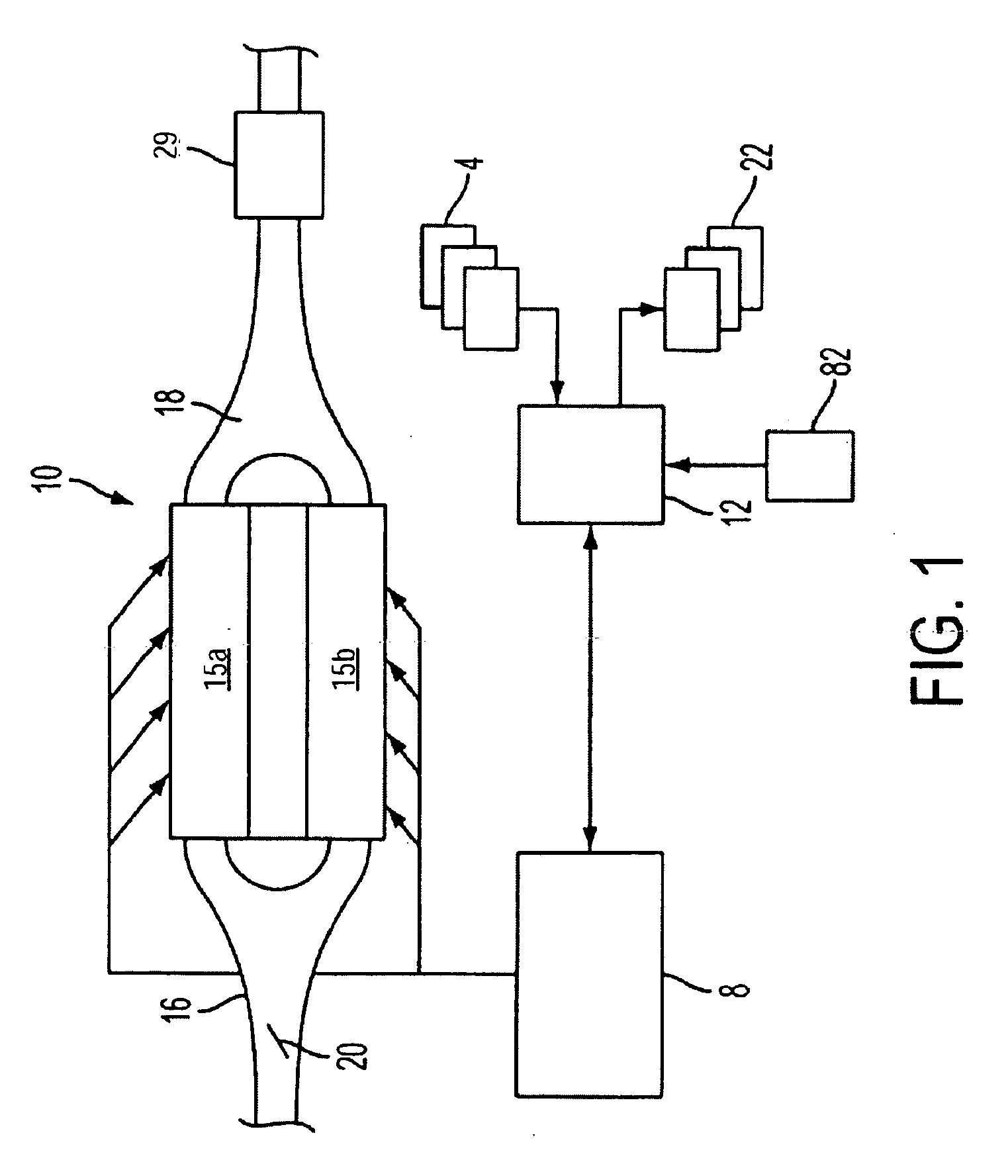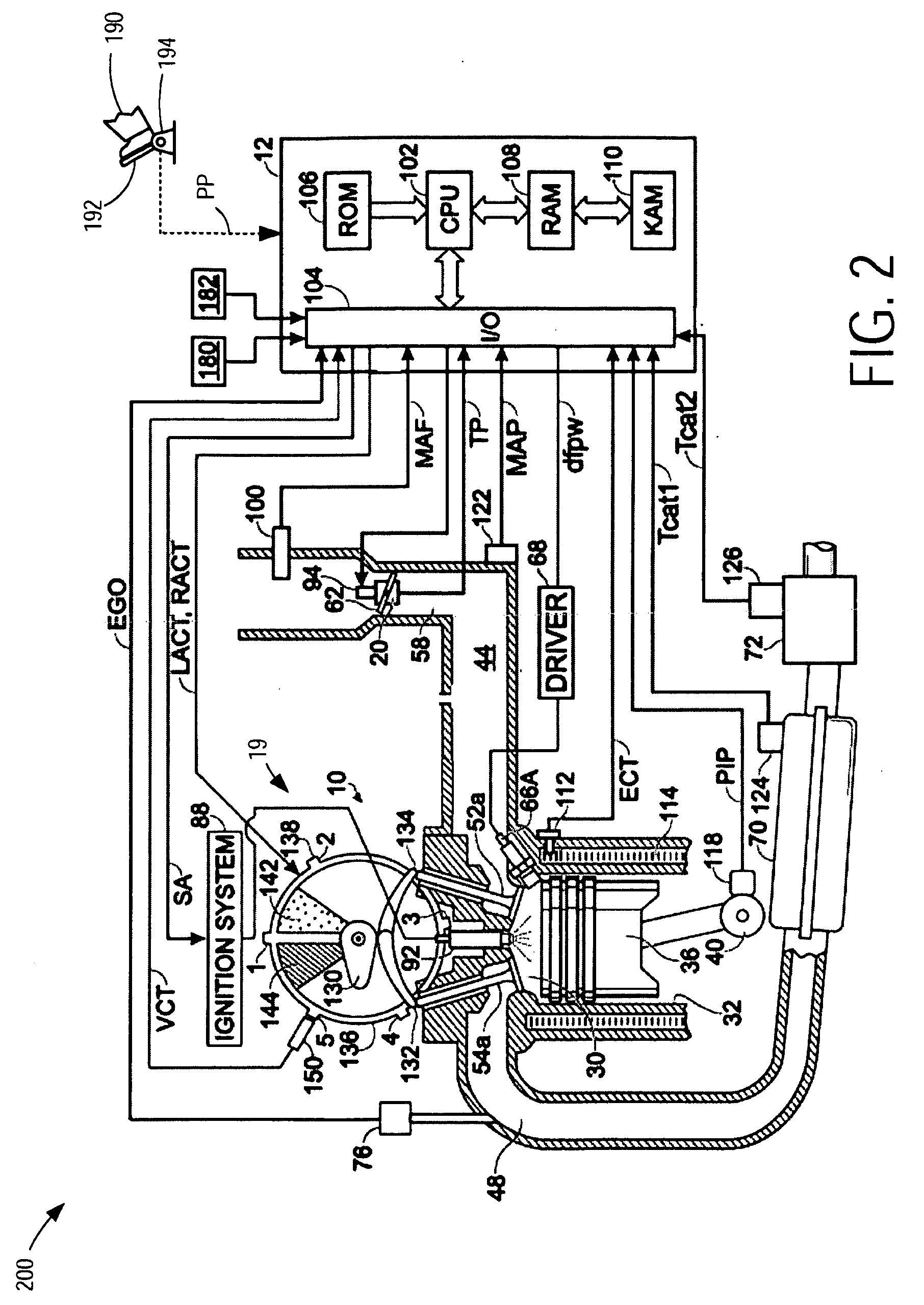Coordination of variable cam timing and variable displacement engine systems
a variable cam timing and engine technology, applied in the direction of electrical control, non-mechanical valves, instruments, etc., can solve the problems of unsuitable position of the vct phaser, adversely affecting the gain stability limit, and the variable cam timing engine may not be suitably maintained, so as to improve the fuel economy and emissions performance of the vehicle, and the effect of increasing fuel economy
- Summary
- Abstract
- Description
- Claims
- Application Information
AI Technical Summary
Benefits of technology
Problems solved by technology
Method used
Image
Examples
Embodiment Construction
[0013]The following description relates to systems and methods for coordinating variable displacement operation and variable cam timing in a variable displacement engine (VDE). As such, the variable displacement engine (such as the one illustrated in FIGS. 1-2) can switch between operation with all cylinders firing or half the cylinders firing by changing the operation of the intake and exhaust valves of selected cylinders. A cam-torque actuated VCT phaser may be used to adjust the cam timing (such as, an amount of cam retard or cam advance). As illustrated in FIGS. 4-5, the VCT phaser command may be adjusted using a control algorithm to enable feedback control responsive to VCT position errors as well as feed-forward control responsive to engine operating conditions such as an engine speed and a cylinder mode of operation (that is, VDE or non-VDE mode). Further, the feedback control gains may also be adjusted responsive to the cylinder mode of operation. In this way, by adjusting t...
PUM
 Login to View More
Login to View More Abstract
Description
Claims
Application Information
 Login to View More
Login to View More - R&D
- Intellectual Property
- Life Sciences
- Materials
- Tech Scout
- Unparalleled Data Quality
- Higher Quality Content
- 60% Fewer Hallucinations
Browse by: Latest US Patents, China's latest patents, Technical Efficacy Thesaurus, Application Domain, Technology Topic, Popular Technical Reports.
© 2025 PatSnap. All rights reserved.Legal|Privacy policy|Modern Slavery Act Transparency Statement|Sitemap|About US| Contact US: help@patsnap.com



